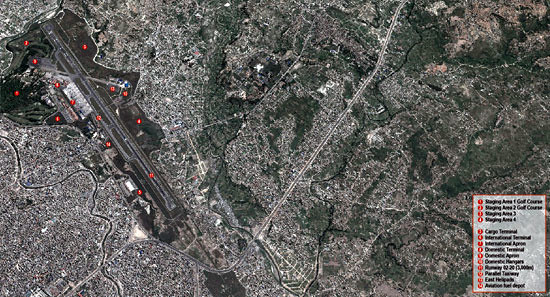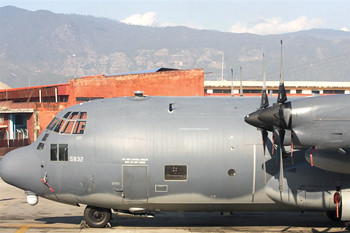Everest rage is a result of the clash of two distinct climbing styles in the Himalaya, and was bound to happen sooner or later
On the month that Nepal is preparing to mark the 60th anniversary of the first ascent of the world’s highest mountain by Edmund Hillary and Tenzing Sherpa, the news of gangland-style fight on Mt Everest has come as a brutal reminder of just how much climbing has changed.
The partnership between Hillary and Tenzing marked the beginning of a long tradition of teamwork between Sherpas and their mountaineer employers who valued their stamina, endurance and sure-footedness at high altitude. But the under-current of resentment between the ‘sahibs’ and their hired help had been growing. It reached boiling point last Saturday on the Western Cwm.
The incident on 27 April on the Lhotse Face below Camp III has shaken the mountaineering world, and divided the tourism fraternity into distinct camps depending on whose version of events they believe more. But the bottom line is that the worldwide publicity has hurt the reputation of both sides in the mountain fight.
It has also drawn attention to the over-commercialisation of the Everest industry that got international attention after the book and film ‘Into Thin Air’ by Jon Krakauer about the traffic jams on the summit ridge of Everest that led to the tragic loss of 12 lives in the spring of 1996.
The clash is between purists in mountaineering who say that the pioneering spirit of exploration and adventure has been eroded by large commercial expedition-style assaults on the mountain. Expedition climbing is a part of the Sherpas’ livelihood.
The fist-fight near Camp 3 this week between Sherpas and three world renowned Alpine-style climbers has been jokingly called the highest brawl in world history, and got worldwide attention in media, blogs and social networks.
Jonathan Griffith from Britain, Ueli Steck from Switzerland and Simone Moro from Italy climb Alpine-style which means they do not use Sherpas and climb in small groups of two or three without oxygen to climb some of the world’s most difficult faces.
Moro climbed Shisha Pangma South (8008 m) without oxygen in 27 hours in 1996, using skis in the descent from 7100 m. It was during his winter ascent of Annapurna South Face that his climbing companions Anatoli Boukreev and Dimitri Sobolev were killed in an avalanche.Steck climbed the difficult north face of Eiger when he was 18, and is reputedly one of the three best alpinists in Europe. He was part of the daring but unsuccessful rescue bid of Spanish climber Iñaki Ochoa de Olza in 2008, who had collapsed at nearly 8,000 m on Annapurna.
In this week’s fight, Steck sustained facial injuries from a rock thrown at him, and Moro survived a knife attack that hit his belt when a group of nearly 100 Sherpas attacked their tents when they descended to Camp II.
Jon Griffith told the Guardian: “There was a 50-minute period where we all thought we were going to get stoned to death.”
The attack was triggered by an altercation on the treacherous Lhotse Face where the Sherpas from different expeditions were fixing ropes. The trio were climbing freely, and had to traverse the rope at one particularly exposed spot on the slope.
The Sherpas say the three climbers continued climbing even after being asked not to, and at one point they met near the rope. Moro is said to have hurled expletives in Nepali at the Sherpas, as well as on the open walkie-talkie. Back at Camp II, it got physical.
Says a Namche-based businessman, echoing a popular sentiment there: “The western media as usual is lapping up the blogs by these three guys and the Sherpas haven’t had a chance to tell their side of the story. The three flouted the etiquette of mountaineering and demeaned them with foul language.”
On Monday at base Camp, Moro and his team and the Sherpas had a meeting in which both sides acknowledged their mistakes and promised not to repeat it.
Garrett Madison, a five-time Everest summiteer and guide wrote the first objective account of the fight in a blog on Outside Online saying: ‘In climbing … Mt Everest all the teams collaborate in working together to ultimately achieve a mutual goal to reach the top safely, and the Sherpa are a major part of this goal. I sincerely hope that this incident does not damage how the Sherpas perceive the foreigners who come to climb on their mountain.’





